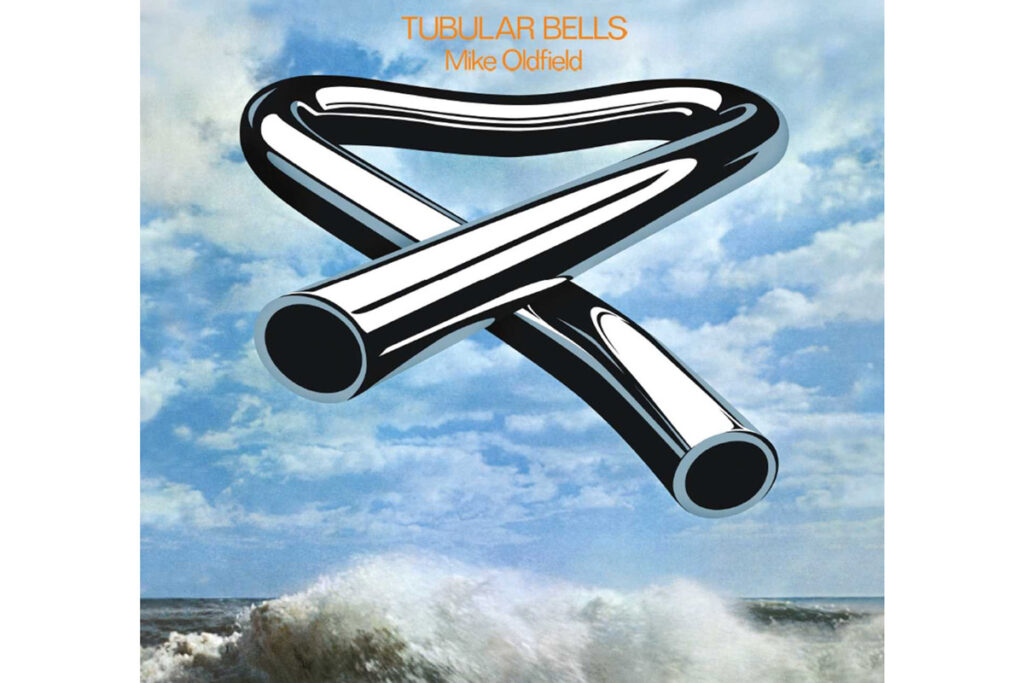This debut album by a 19-year-old was one of the biggest earthquakes in the pop and rock world.
The legendary John Peel called it a “historic breakthrough”. The instrumental record by an unknown on an unknown label climbed to number seven in the British charts from a standing start. And when the beginning of “Part One” became the theme music for the horror shocker The Exorcist, there was no stopping it. Tubular Bells reached number one in the UK and the USA, as well as in Canada and Australia. Around 20 million albums have been sold over the years. Mike Oldfield crowned experimental Canterbury rock with monstrous commercial success.
The boy was simply an introverted guitar freak. He had been carrying around a number of his own tunes for years, but the well-known labels were not interested in his demo recordings without vocals. Finally, he found two producers who had the backing of their studio boss, a certain Richard Branson. So, in November 1972, Oldfield recorded his ideas in the rural Manor Studio, but strung them together in one piece and played practically all the instruments himself – with countless overdubs. This 25-minute “Opus One” became the A-side.
The long form was inspired by the band Centipede, a legendary Canterbury free jazz formation. The trance-like, minimalist passages, on the other hand, betray the influence of Terry Riley, and some melodies are reminiscent of Romantics like Sibelius, who the young Oldfield liked to listen to. But in the end, the record bosses were just as uninterested in the finished A-side as they had been in the demos. So studio boss Branson decided to set up his own label for this record. Tubular Bells became the first release on Virgin Records and the starting signal for Branson’s worldwide consortium.
The most famous part is the beginning, not only because of the horror movie: a constantly repeated figure in 15/8, played on Steinway grand piano, Farfisa organ and glockenspiel. Then a bass guitar figure is added, chords, piano motifs, acoustic guitar, more and more instruments and melodies, including electric rock guitars (3:38) – this goes on for over five minutes. The middle section begins with a glockenspiel figure (5:18), in which the themes, moods, rhythms and sounds change in rapid succession – a highlight of progressive rock music. For example, there are rocking fuzz guitars (6:20), a beautiful acoustic guitar solo (9:40), the piano figure from the beginning again in the background, then also chirping beautiful electric guitars (11:30), a screeching loud rock guitar theme (13:30), the honky-tonk piano passage with the humming choir of Manor Studio employees (13:48) – and everything finally ebbs away with bells over an organ chord (15:42).
The acoustic guitar introduces the coda (17:00): For almost three minutes, the bass guitars establish a 10-bar cycle over three harmonies. At the end, the pyramid of instruments builds up again: One after the other joins in, introduced by Vivian Stanshall’s sonorous voice, and joins in with the melody laid over the ten bars – a female choir then adds beautiful variations. Stanshall’s last words: “Tubular Bells”, the tubular ringing, the orchestral bell – that’s how Oldfield came up with his album title.
Mike Oldfield – Tubular Bells on www.discogs.com


